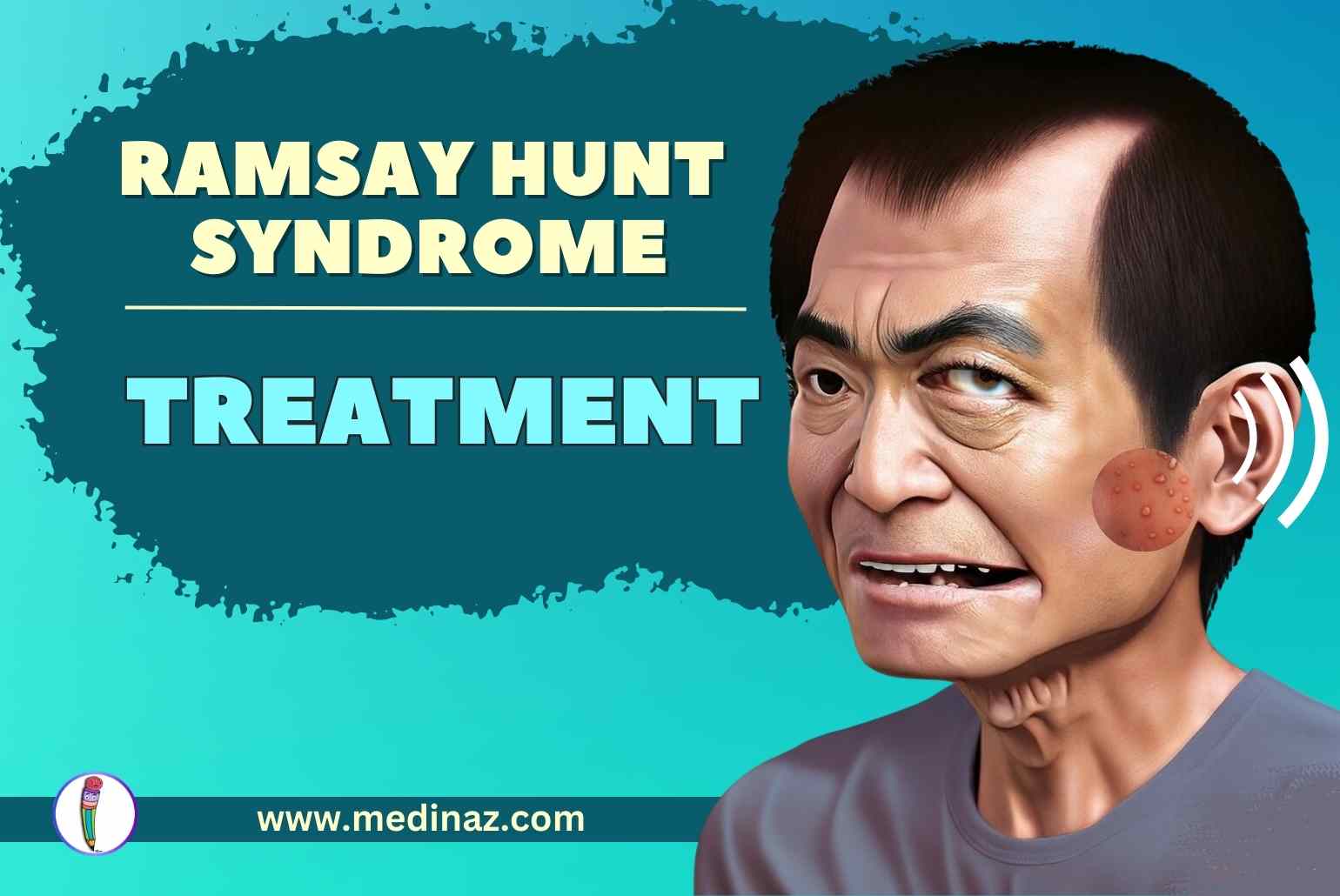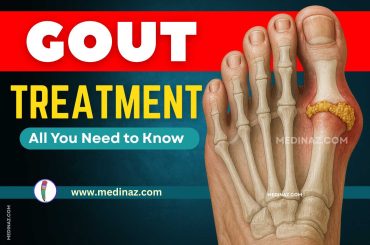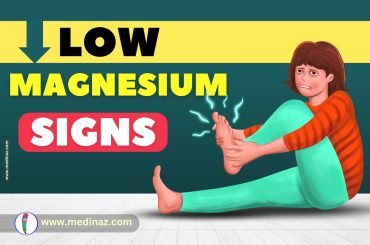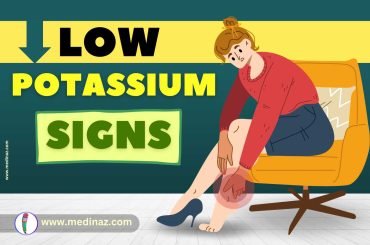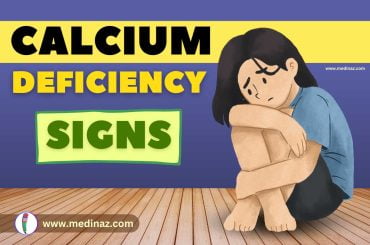Ramsay Hunt Syndrome Treatment: All you need to know
Ramsay Hunt Syndrome (RHS) is a rare neurological disorder that typically affects adults over 60 years of age. It is caused by the reactivation of the varicella-zoster virus that has previously caused chickenpox in the patient.
RHS is characterized by facial weakness or paralysis of the facial nerve (facial palsy) and a rash affecting the ear or mouth. Symptoms are usually on one side of the face (unilateral).
Although the classic triad of RHS is ipsilateral facial paralysis, otalgia, and a vesicular rash, there is significant variability in clinical presentation, with some patients demonstrating facial paralysis before the rash or, sometimes, no rash at all.
In addition to synkinesis, an unfortunate sequela of RHS is postherpetic neuralgia, pain present for longer than three months after onset, which is more likely to develop in patients older than 50 years and patients who experience facial numbness in the acute period.
This blog post will discuss the various treatment options available for RHS.
Table of Contents
Antiviral therapy:
- Herpes zoster is self-limiting, but treatment aims to reduce late complications.
- Main goals: decrease spastic facial paralysis and postherpetic neuralgia.
- Oral antivirals and steroids can decrease long-term complications.
- Medications like acyclovir, valacyclovir, and famciclovir are effective.
- Acyclovir (500 mg five times a day) is the most affordable option.
- Valacyclovir (1000 mg three times a day) is easier for patients and more effective in Bell’s palsy.
- Famciclovir (500 mg three times a day) is also more effective than acyclovir.
- Antiviral treatment is usually given for 7 to 10 days.
- Some studies recommend continuing antiviral therapy for 21 days due to prolonged or delayed nerve degeneration.
Steroids as Ramsay Hunt Syndrome Treatment:
- High-dose corticosteroids (oral or intravenous) should be co-administered with antiviral treatment for Ramsay Hunt syndrome.
- The duration of steroid treatment varies, ranging from 4 to 37 days, but high doses are recommended.
- Typical high-dose regimen: Prednisone 1 mg/kg/day (up to 60 mg maximum dose) or equivalent, followed by a taper to prevent acute adrenal insufficiency.
- In cases of complete facial paralysis, higher doses of corticosteroids (up to 200 mg) with a subsequent 10-day taper may be beneficial in combination with antiviral therapy.
- Intratympanic injection is another modality for corticosteroid treatment, delivering steroids topically to the affected area.
- Cadaveric studies have shown intratympanic segment dehiscence of the facial nerve in 50-80% of patients, allowing for targeted steroid administration.
- Prospective studies have shown that concurrent treatment with systemic steroids and daily intratympanic steroid injections for 10 days can increase the rate of recovery.
- In a recent meta-analysis, the addition of intratympanic steroid injections to systemic steroids reduced the risk of non-recovery by 64% in Ramsay Hunt syndrome and Bell’s palsy patients.
- Prospective studies are needed to further confirm the efficacy of intratympanic steroid injections in acute facial paralysis, but it may be a reasonable adjunct to treatment for Ramsay Hunt patients with moderate to severe facial paralysis.
- Before prescribing high-dose corticosteroids, the clinician should have a comprehensive patient-specific discussion.
- Common side effects of high-dose corticosteroids include mood changes (depression, irritability), insomnia, gastritis, gastroesophageal reflux, increased blood pressure, and hyperglycemia.
- Patients with diabetes may have difficulty tolerating high doses of steroids and should adjust their hypoglycemic medications accordingly. Temporary use of insulin may be necessary in some cases.
- Combining glucocorticoids and antiviral drugs has shown greater effectiveness than antivirals alone, so adjusting hypoglycemic medications is preferred over forgoing steroid treatment.
- Prophylactic use of a proton pump inhibitor or misoprostol may be considered to provide further gastrointestinal protection while on high-dose corticosteroids.
Treatment should be initiated as soon as possible, but starting therapy up to one week after symptom onset can still be beneficial for patients who present in a delayed fashion.
Symptomatic treatment:
- Analgesia is often necessary for zoster, and a multimodal approach can be used, including acetaminophen, non-steroidal anti-inflammatory drugs (NSAIDs), and long-acting opioids.
- When prescribing steroids, it is generally advisable to avoid concomitant use of NSAIDs to reduce the risk of enteropathy, ulcer formation, and gastrointestinal bleeding.
- Tricyclic antidepressants and gabapentin are effective for treating neuropathic pain and postherpetic neuralgia.
- Meclizine and benzodiazepines can help manage acute vertigo.
- Artificial tears during the day and ocular lubricant ointment at night are helpful in preventing exposure keratopathy.
- Patients with lagophthalmos (inability to fully close the eyelids) should be instructed on eyelid stretching techniques and how to safely tape the eye closed at night to avoid corneal damage.
- Patients with multiple comorbidities (diabetes, old age, hypertension, immunocompromise) may have a longer recovery time and could benefit from the placement of an upper eyelid weight to aid eye closure and prevent exposure keratopathy, particularly if they have corneal hypesthesia.
Surgical treatment:
- Surgical intervention in Ramsay Hunt patients is controversial.
- Surgical decompression is considered beneficial in Bell’s palsy if:
- Electrodiagnostic testing shows >90% degeneration of the facial nerve without voluntary motor potentials.
- The affected side is completely paralyzed.
- Surgery is performed within 14 days from paralysis onset.
- Application of these parameters to Ramsay Hunt prognosis is unclear.
- Some surgeons may offer decompression within the 14-day time period or up to 50 days after onset.
- Surgical intervention’s role in improving recovery in Ramsay Hunt is uncertain.
- Decompression should only be offered to select patients with a poor prognosis.
- Due to the rarity of cases, optimal candidacy and timing of surgery are difficult to determine.
Surgical decompression can be done via a transmastoid or middle cranial fossa approach. - Synkinesis management involves conservative and surgical approaches.
- Conservative approaches include massage, physical therapy, and chemodenervation with botulinum toxin.
- Surgical management of synkinesis may include selective neurectomy, myomectomy, or nerve/functional free muscle transfer.
- These interventions aim to improve smile symmetry in synkinesis.
Ramsay Hunt Syndrome Treatment: Other options
- In addition to medication, natural treatments like using a cold compress to reduce pain, wearing an eye patch, and using artificial tears or eye lubricants to prevent the eye from drying out can also help
- Botox is a safe and effective treatment for Ramsay Hunt syndrome that reduces tension in areas of the face that are hyperactive and treats unwanted muscle movement
References:
[1] https://www.ncbi.nlm.nih.gov/books/NBK557409/ [2] https://www.medicinenet.com/ramsay_hunt_syndrome/article.htm [3] https://rarediseases.org/rare-diseases/ramsay-hunt-syndrome/A Visual Learning Platform

